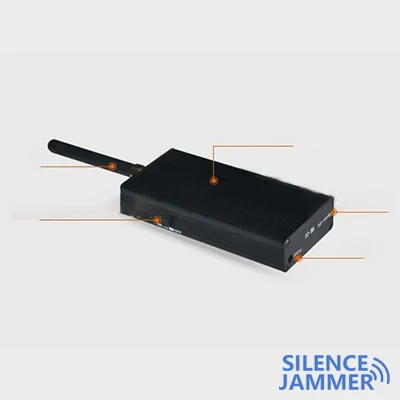Imagine that when you are in a meeting, taking an exam or taking a break, you hope that your mobile phone can be temporarily "disconnected". cellphone shielding bags came into being, which can shield mobile phone signals and make your device "invisible". So, what materials are needed to make such a magical shielding bag?
1. Metal fiber fabric
Imagine that when you are in a meeting, taking an exam or taking a break, you hope that your mobile phone can be temporarily "disconnected". Mobile phone shielding bags came into being. They can shield mobile phone signals like cell phone jammers, making your device "invisible". So, what materials are needed to make such a magical shielding bag?
Advantages:
Flexible and easy to process into various shapes and sizes.
It has good air permeability and softness, suitable for making portable shielding bags.
It can shield signals of multiple frequencies at the same time, such as mobile phone signals, Wi-Fi, Bluetooth, etc.
Application: Widely used in shielding bags in daily life, such as personal privacy protection bags, cellphone shielding bags, etc.
2. Metal foil
Metal foil is usually made of aluminum or copper. Metal foil has very high conductivity and can effectively reflect and absorb electromagnetic waves, making it impossible for signals to penetrate.
Advantages:
Strong shielding ability, can block almost all types of wireless signals.
Relatively low price and easy to obtain.

Disadvantages:
It is more rigid and not as flexible as metal fiber fabrics.
Poor air permeability may affect the heat dissipation of equipment during long-term use.
Application: Mainly used in occasions requiring high-intensity shielding, such as laboratory equipment protection, military equipment shielding, etc.
3. Conductive coated fabric
Conductive coated fabric is a layer of conductive material such as nickel, silver, etc. coated on the surface of ordinary fabric. In this way, ordinary fabrics can have the function of shielding electromagnetic waves.
Advantages:
Flexible and easy to process, it can be made into various portable bags.
Good shielding effect, can effectively block mobile phone signals and other wireless signals.
Disadvantages:
The conductive coating may wear out as the use time increases, affecting the shielding effect.
The production process is relatively complex and the cost is high.
Application: Commonly used in high-end shielding bags, professional protective bags, etc.
4. Nanomaterials
With the development of science and technology, nanomaterials are gradually used in the production of cellphone shielding bags. Nanomaterials have excellent conductivity and shielding properties.
Advantages:
Extremely high shielding efficiency, can shield signals of a wider frequency range.
Lightweight texture, does not add extra burden to the equipment.
Disadvantages:
High cost, complex manufacturing process.
Currently still in the research and development stage, commercial applications are rare.
Application: Mainly used in high-tech fields, and is expected to be promoted in the protection of personal electronic devices in the future.
5. Composite materials
Composite materials are materials that combine the above materials to make materials with multiple shielding effects. This material is usually composed of metal fiber fabrics and metal foils.
Advantages:
Combines the advantages of various materials and provides a more comprehensive shielding effect.
The proportion of different materials can be adjusted as needed, with high flexibility.
Disadvantages:
The manufacturing process is complex and the cost is high.
It may be thicker and heavier, not as light as a single material.
Application: Suitable for professional occasions that require high shielding, such as military, scientific research, etc.
6. Best choice?
What material to choose to make a cellphone shielding bag depends on your specific needs:
Daily use: Metal fiber fabrics and conductive coated fabrics are good choices, taking into account shielding effects and portability.
Professional use: Metal foil and composite materials are suitable for applications that require high-strength shielding, although they may be bulky.
Future technology: Nanomaterials represent the future development direction. Although the current cost is high, its excellent performance is worth looking forward to.
No matter which material you choose, cellphone shielding bags can provide you with effective signal shielding, privacy protection and information security. I hope this light-hearted popular science article can help you better understand the materials used to make cellphone shielding bags and choose the product that suits you.


